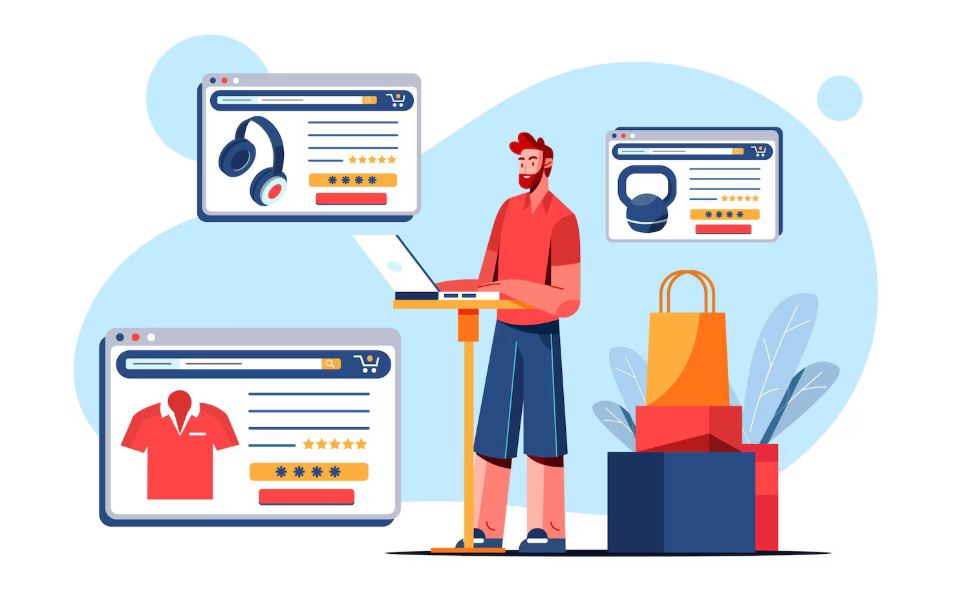


Optimize your Shopify store for faster load times, better user experience, and higher sales with practical speed improvement strategies.
Store speed and performance play a major role in the success of any Shopify store. When your website loads fast, users stay longer, products get more attention, and conversions improve significantly. On the other hand, slow loading times can lead to high bounce rates, low sales, and poor search rankings. In the competitive world of eCommerce, your Shopify store must deliver a smooth, fast, and consistent shopping experience.
In this guide, we’ll explore the most effective ways to improve your Shopify store speed and performance. Whether you’re managing tasks yourself or planning to Hire Shopify Developer, these techniques and optimizations will help your store run efficiently.
Google considers website speed a critical ranking factor. Faster websites are more likely to appear in top search results. If your store loads slowly, search engines push it lower, affecting your organic traffic and overall visibility.
Customers expect pages to load in under two seconds. If images, pages, or checkout forms take too long to load, users leave instantly. A fast store creates a smooth shopping experience and encourages users to complete purchases.
Studies show that even a one-second delay can reduce conversions by up to 7%. Improving your store’s speed directly contributes to increased sales and customer trust.
Before improving performance, measure your current speed. You can use:
These tools highlight performance bottlenecks and give recommendations that help you understand what to improve first.
Large images are one of the most common reasons for slow loading pages.
If you’re not familiar with image handling, you may want to Hire Shopify Developers who can automate optimization workflows and ensure responsiveness across devices.
Every installed Shopify app loads scripts, styles, or tracking pixels that affect store speed—even if the app is not actively in use.
Custom-built solutions through Shopify development services can often replace slow third-party apps, improving store performance significantly.
Minification reduces file sizes by removing unnecessary characters (spaces, comments, line breaks) without affecting functionality.
If you’re using a custom theme, professional developers can safely minify scripts while maintaining functionality.
Themes with heavy animations, sliders, and scripts can slow down your store. Choose themes from the Shopify Theme Store, as they meet performance and coding standards.
If you already have a theme but want improvements, consider Shopify development customization or hiring experts to clean unused theme code.
Shopify already provides a built-in CDN (Content Delivery Network), which ensures faster delivery of site data worldwide. Browser caching stores static files locally in users’ devices to reduce repeated load times.
Make sure caching settings are correctly configured within your theme code.
Videos that auto-play and multiple pop-ups running scripts in the background significantly slow performance.
Slow checkout leads to cart abandonment. Shopify’s checkout is fast by default, but unnecessary third-party scripts can slow it down.
For advanced checkout customization, you may choose to Hire Shopify Developers experienced in optimizing conversion-focused checkout experiences.
These techniques require coding knowledge but offer powerful speed improvements.
Load media only when it appears in the user’s viewport.
Delay JS loading until page content is visible.
Clear theme code from uninstalled apps to avoid unnecessary script execution.
Useful for content-heavy Shopify blogs.
Working with Shopify development professionals ensures these advanced optimizations are applied safely.
These help search engines understand topic relevance and improve your SEO ranking authority.
While basic improvements can be done independently, more complex optimizations require professional expertise. If you notice:
…it’s time to Hire Shopify Developers who specialize in performance optimization. Experts can analyze your store, clean up code, and implement custom solutions that significantly improve speed.
Shopify store speed isn’t just about improving load times—it’s about optimizing user experience, boosting search rankings, and increasing revenue. By optimizing images, reducing app load, using lightweight themes, and applying advanced performance techniques, you can achieve a fast and efficient store.
If you’re serious about growth and scalability, consider working with experienced Shopify development experts to ensure your store runs at peak performance.
Additionally, continuously monitoring store analytics and performance metrics is crucial. Regular speed audits, A/B testing, and reviewing new app impacts help maintain long-term efficiency. As your store grows, customer behavior changes, and new features are added, ongoing optimization ensures that performance remains strong and aligned with your business goals.
